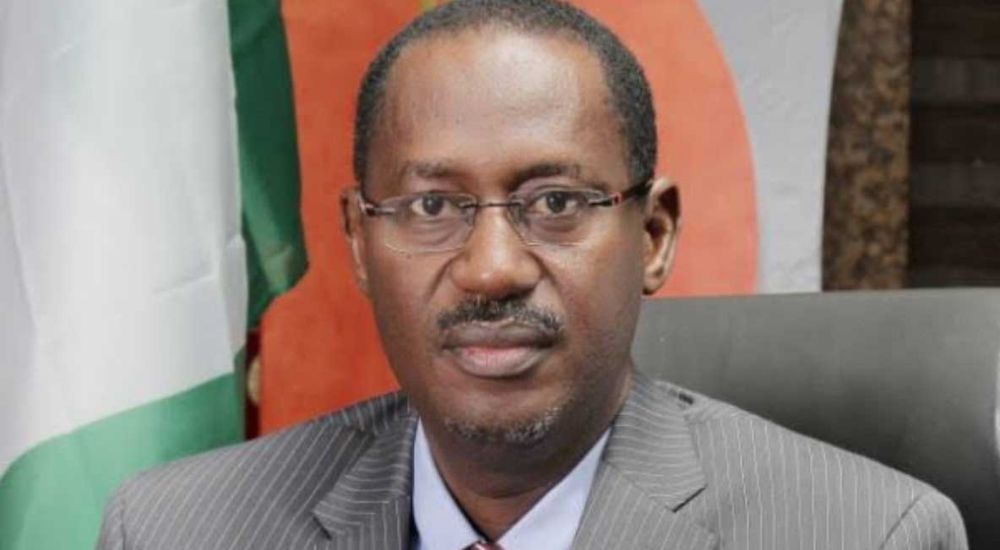The Federal Government has launched an ambitious plan to deliver over 20,000 affordable housing units across Nigeria, marking the initial phase of its broader strategy to address the country’s housing deficit under the Renewed Hope Housing Programme.
Speaking during the 65th anniversary celebration of the Nigerian Institute of Architects (NIA) in Abuja, President Bola Tinubu, represented by the Minister of Housing and Urban Development, Arc. Ahmed Dangiwa, outlined the administration’s vision to make housing more accessible to underserved communities while simultaneously transforming urban spaces.
According to the President, this housing push is just the beginning, with plans already in motion to scale the initiative to hundreds of thousands of units in the long run. “Our goal is to ensure that every Nigerian, regardless of status, has access to decent, secure shelter,” Tinubu said.
Beyond housing, the government is also rolling out urban regeneration and slum improvement projects in 26 pilot areas. These efforts aim to upgrade informal settlements with basic infrastructure like roads, potable water, clean energy, and sanitation facilities.
“This programme is about more than bricks and mortar , it’s about restoring dignity through better living conditions,” Tinubu added.
Addressing a hall filled with architects, lawmakers, and development experts, the President acknowledged the vital contribution of architecture to social development and national identity. He praised professionals in the field as stewards of what he termed “spatial justice,” stating that their work influences how communities experience safety, culture, and inclusivity.
“Architecture bridges history and innovation. It creates spaces that are not only functional but meaningful,” he said.

Part of the broader strategy includes the development of smart cities and the revitalisation of older urban centers using sustainable design principles and green technologies. Tinubu also announced a move to foster private-sector participation by supporting local manufacturing of building materials. This initiative is expected to lower construction costs and boost job creation across the country.
To streamline land access for both citizens and investors, the government has introduced the National Land Registration and Documentation Program. This new framework is designed to digitize land records, enhance transparency, and simplify the process of land ownership.
In line with global environmental goals, the President emphasized that all new public housing developments would incorporate solar power, climate-friendly materials, and sustainable design elements.
He called on architects to take a more proactive role in realizing these goals by working closely with federal and state planning bodies, as well as international development agencies. “You are essential to this mission,” Tinubu said. “From drafting inclusive housing prototypes to setting green building standards, your leadership is critical.”
In her welcome remarks, NIA President Mobolaji Adeniyi reflected on the Institute’s 65-year legacy, describing its growth from a small founding team to a national organization with nearly 15,000 members.
She acknowledged the profession’s expanding influence but also voiced concerns over systemic challenges. These include rapid, unplanned urbanization, repeated building collapses, and limited input from architects in public sector projects.
“Planning is lagging behind population growth. Regulatory oversight is weak. Architects must be at the center of policy and infrastructure decisions,” she warned.
Adeniyi called for stronger unity and collaboration among industry professionals, urging them to take ownership of the role architecture plays in national safety and sustainable development




